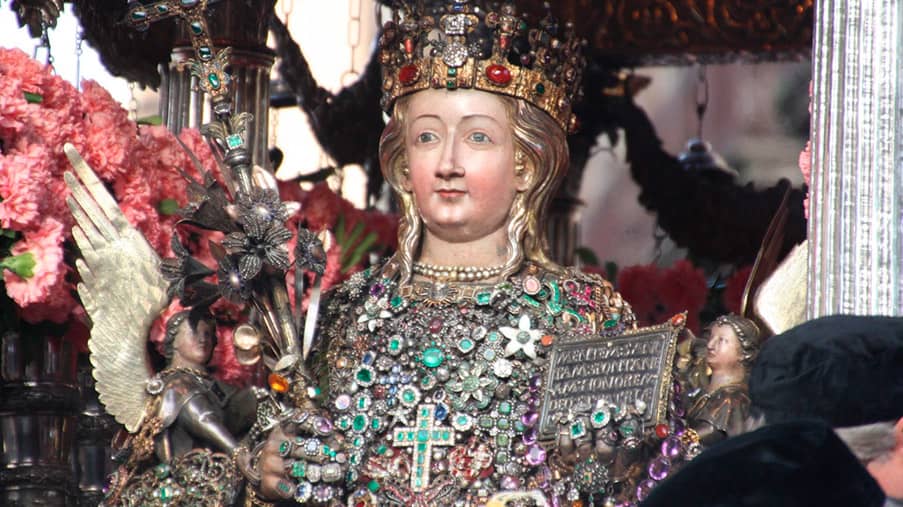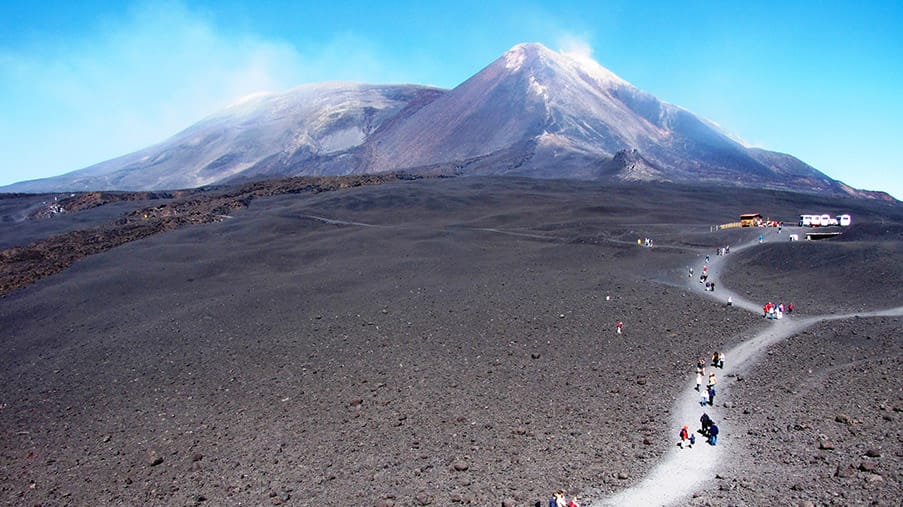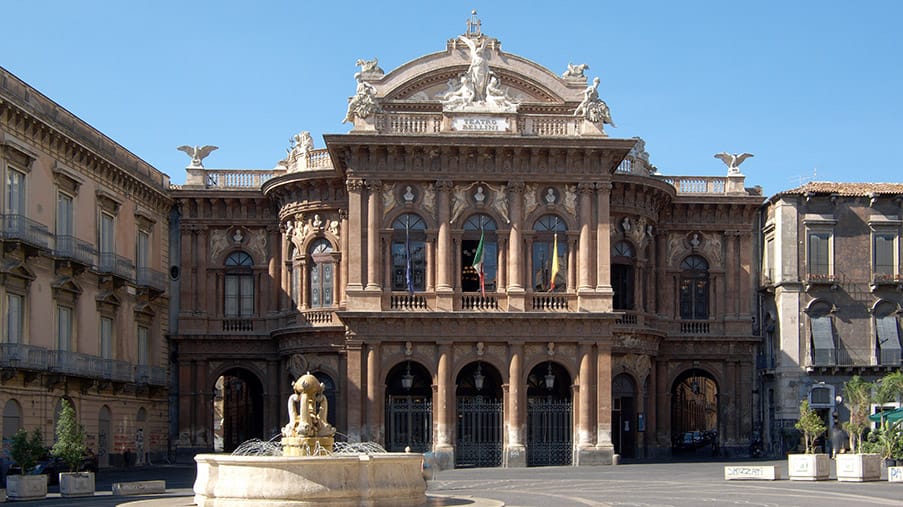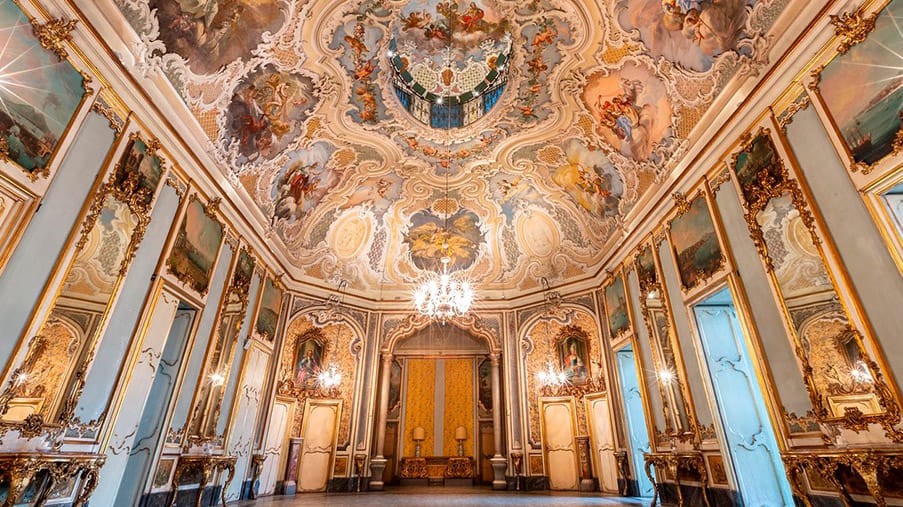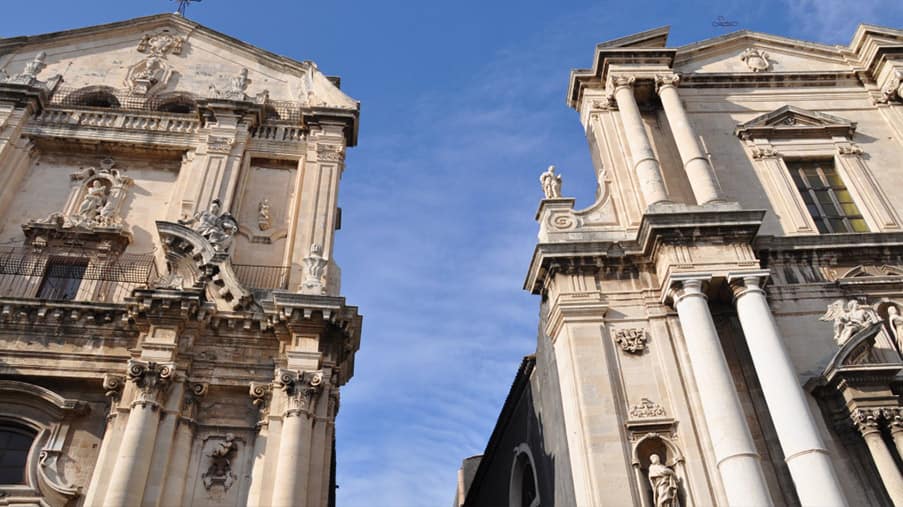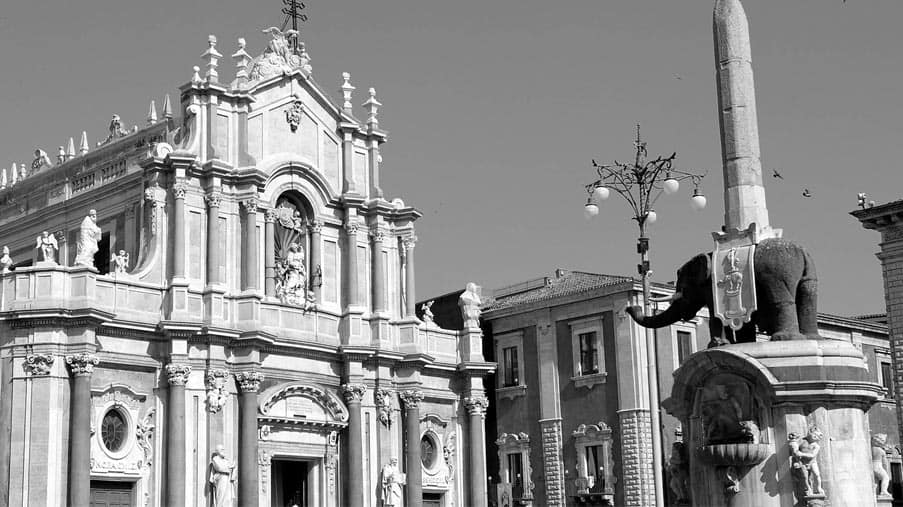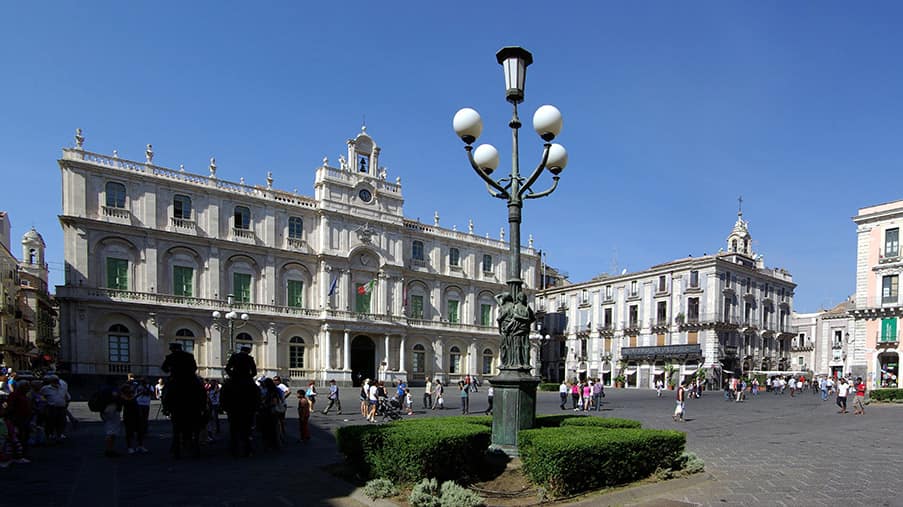The traditional feast of Sant’Agata
The feast is the most important religious event for the inhabitants of Catania who take part to it with a great religious devotion, following the procession of the "Var" (which contains the body of the Saint), through various routes along
The highest European volcano: the Etna.
Mount Etna is an imposing cone of a volcano contiguous to the Jonian sea on the east, to the plain called "Piana di Catania" on the south and the mountains chain of Nebrodion the north and the west. The volcano is 10.925,20 feet in
The literature and music in Catania
Giovanni Verga In the Sant'Anna's street at number 8 is the entrance to the late 18th century palace where Giovanni Verga lived, now used as a museum; collects objects, furniture and a library with 2000 volumes. The famous writer who told, among the
Roman Theatre
The Amphitheater is a grandiose Roman structure (surpassed only by the Colosseum) which probably dates back to the 2nd century AD: it could hold up to 16,000 spectators. Today, from Piazza Stesicoro, only a part of the cavea, the edge
Palazzo Biscari
Palazzo Biscari is the most sumptuous private building in Catania, the structure, the plant and the decorations certainly represent a unique case. Built after the earthquake in 1693, thanks to the permission of the king to build on the embankment
Crociferi street
Crociferi street is one of the most monumental environments of baroque Catania. The arch of San Benedetto is located here, which according to tradition was built in a single night in 1704 by the Benedictines; the majestic church of San Benedetto (1704-13),
Ursino Castle
The Ursino Castle of Federico II made built (1239-1250) upon a promontory surrounded by the sea in order to defend the city and the port. It was the residence of the Aragonese royal family and also the residence of the Spanish viceroys. During the XVI century
The history of Catania
According to Tucidide, Katane was founded in the years 729 b.C., following Leontinoi, by the same calcidesi of Naxos. The site of the new city presented optimum conditions for a settlement: a position protected within the sea-port and a fertile
Catania, The black pearl of the Jonian sea
Catania, founded by the people of Chalcidice in 729 B.C. the bare lavic round, can be called "The black pearl of the Jonian sea"; as a matter of fact the city rises in a wonderful strip of rocky coast, where
Piazza Duomo and the cathedral
The traditional center of Catania is marked by the Piazza del Duomo, the confluence point of the main roads. The pivot of the space is the Elephant Fountain, the lava emblem of the city; designed in 1736 by the architect





